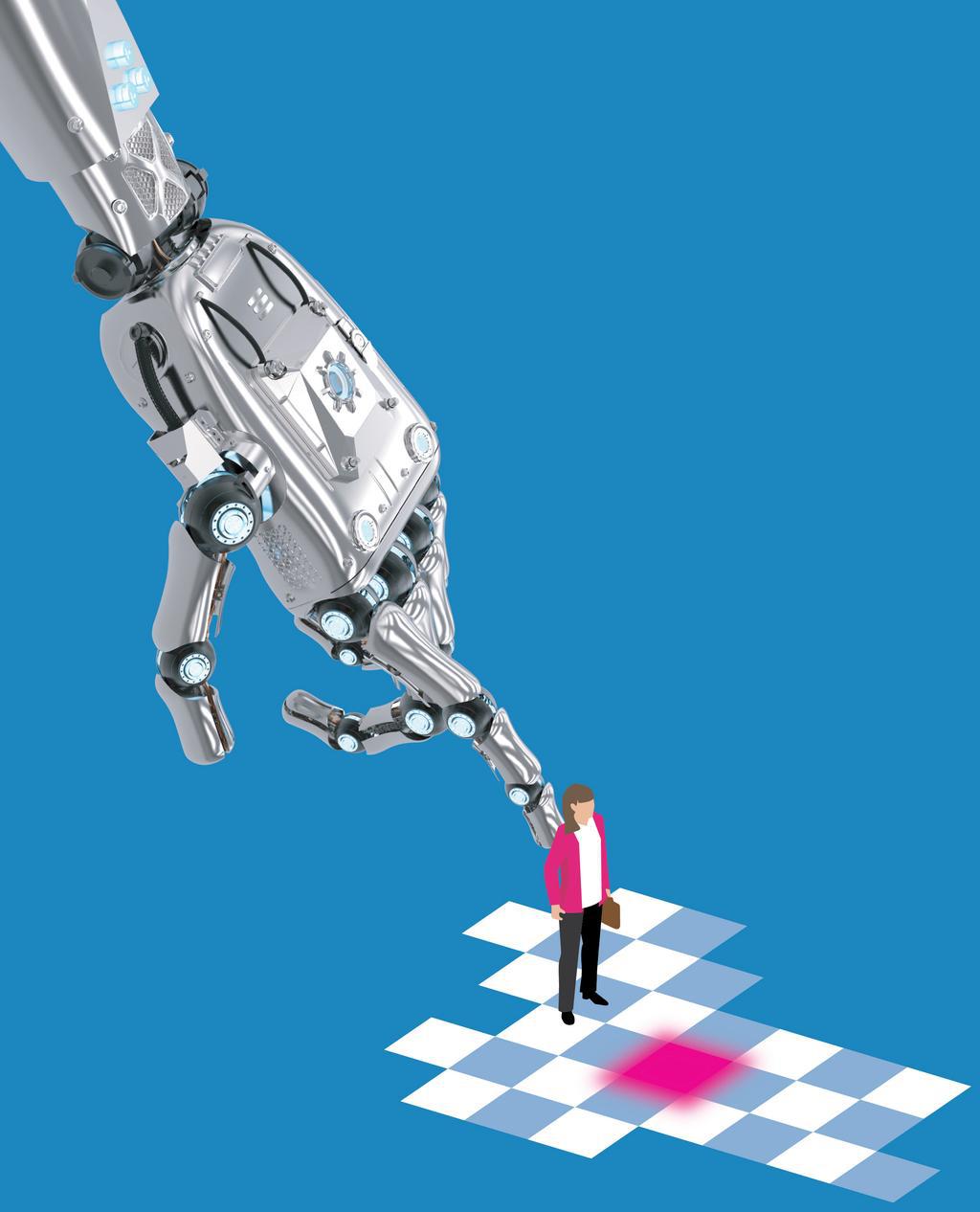
AS EACH DAY PASSES, more and more of our choices and behaviours are occurring online. We work, shop and communicate with the help of platforms like Amazon, Twitter and Zoom. Even daily behaviours such as sleeping, eating and exercising are performed with our constant companions by our sides — smartphones, wearables and smart-home devices. Most of these devices are powered by algorithms and recommendation systems that are designed to automate and augment our choices. And as a result, the digital world is rapidly transforming human behaviour as we know it.
Technologies that simplify consumer choice — for example, providing the ability to quickly search for products and recommendations — have bumped the concept of ‘choice architecture’ to the top of the agenda for many organizations. Choice architecture can be defined as ‘the design of different ways that a choice can be presented to decision-makers, and the impact of that presentation on their decision-making.’ A simple example is donor cards: Research shows that if the user is required to to become a donor, take-up rates are low; but if people are automatically signed on they opt-out (i.e. the
